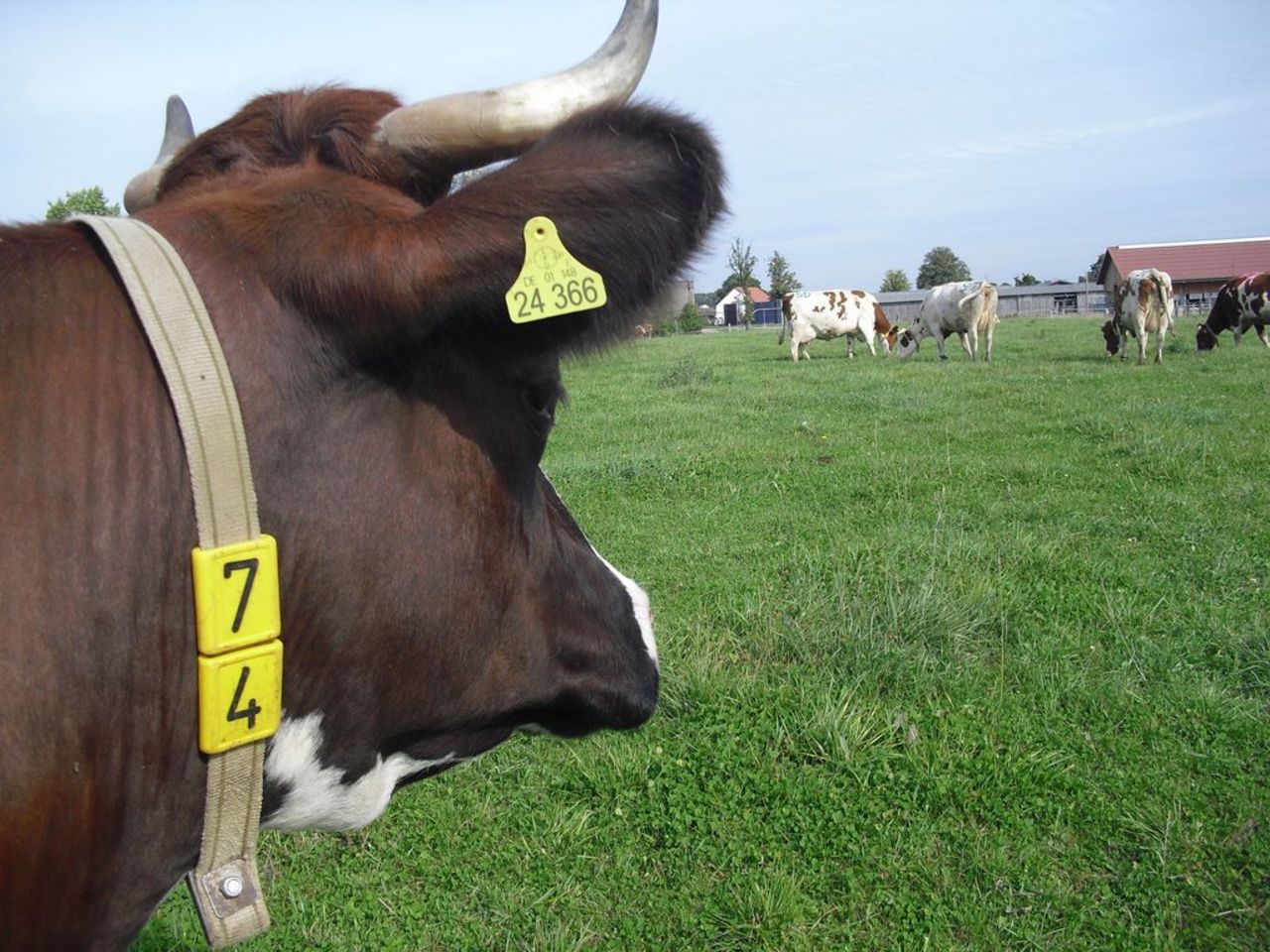Project
Grassland and phosphorous flows - mobilisation by growth

P flows in organic farms and the special role of grassland.
Phosphorous is a finite resource. Soil reserves must be used more efficient. Due to its high biological activity grassland is particularly important for the phosphorous cycle of farms.
Background and Objective
Phosphorus is an essential element for plant growth. Worldwide phosphorous stocks are limited. Organic farming renounces to use fertilisers containing immediately plant available phosphorous. Since in Middle Europe soils are over fertilized with phosphorous from the 1950th organic farming scarcely suffers acute deficiency situations in plant production up to know. Mechanisms of phosphorous mobilization from the soils are well known. But without suitable fertilizers measures to improve phosphorus supply from declining soil reserves for phases of high plant demand are rare. The mobilisation of phosphorous from grassland soils and its distribution on other farmland shall be quantified based on a practical example. The biological activity of the soils shall be described by chemical soil indicators. A comprehensive view on development of different phosphorous fractions bound in soils under long year of organic management will be done. Scenarios for the practical use of phosphorous mobilisation shall be derived. Calculating the inner Phosphorus flows of an organic dairy farm provides the opportunity to find appropriate ways to improve nutrient utilization. Also to visualize the extraction of phosphorus from the system helps to place more relevance on this topic.
Approach
Phosphorous flows are modelled based on detailed records of the practical farm work of the research farm of the institute. Additionally, phosphorous uptake of grassland and related mass flows are exemplarily determined in the field for one year. To characterize development of the soil parameters conserved and actual samples of the Trenthorst long term monitoring trial are used.
Results
Due to permanent plant cover grassland soils have high biological activity. This has positive effects on phosphorous uptake compared to annual crops. During grazing phosphorous is circulating in pastures. Only by with cutting and stable feeding phosphorous is transferred to cropland via manures. Also annual forage crops phosphorous uptake can be high. The P export is obviously supplied by the soil Phosphorus reserves.
Involved external Thünen-Partners
-
Universität Rostock
(Rostock, Deutschland)
Duration
6.2012 - 12.2016
More Information
Project status:
finished
Publications
- 0
Ohm M, Paulsen HM, Moos JH, Eichler-Löbermann B (2017) Long-term negative phosphorus budgets in organic crop rotations deplete plant-available phosphorus from soil. Agronomy Sustainable Dev 37(3):17, DOI:10.1007/s13593-017-0425-y
- 1
Ohm M, Paulsen HM, Moos JH, Schüler M, Fystro G, Eichler-Löbermann B (2016) Development of soil phosphorus and phosphatase activities under different management in an organic farm over 12 years from conversion. In: Phosphorus 2020 - challenges for synthesis, agriculture and ecosystems, 8th international phosphorus workshop IPW 8, Sept. 12-16, book of abstracts, Leibnitz Science Campus Phosphorus Research Rostock, Germany. p 90
- 2
Ohm M, Schüler M, Paulsen HM (2015) Phosphor-Bodenbilanzen von Grünland- und Ackerflächen auf einem ökologischen Milchviehbetrieb. In: Häring AM, Hörning B, Hoffmann-Bahnsen R, Luley H (eds) Beiträge zur 13. Wissenschaftstagung Ökologischer Landbau "Am Mut hängt der Erfolg: Rückblicke und Ausblicke auf die ökologische Landbewirtschaftung". pp 276-279
- 3
Ohm M, Schüler M, Fystro G, Paulsen HM (2015) Redistribution of soil phosphorus from grassland to cropland in an organic dairy farm. Landbauforsch Appl Agric Forestry Res 65(3/4):193-204, DOI:10.3220/LBF1452867403000
- 4
Ohm M, Felix J, Schüler M, Paulsen HM, Rahmann G (2014) Eignung von Methoden zur Ermittlung des Massenaufwuchses von Grünland am Beispiel eines ökologischen Milchviehbetriebes. VDLUFA SchrR 69:342-350
- 5
Ohm M, Schüler M, Warnecke S, Paulsen HM, Rahmann G (2014) Measurement methods on pastures and their use in environmental life-cycle assessment. Organic Agric 4(4):325-329, DOI:10.1007/s13165-014-0072-4
- 6
Ohm M, Paulsen HM, Eichler-Löbermann B, Rahmann G (2013) Development of phosphatase and dehydrogenase activities in soils of annual cropland and permanent grassland in an organic farm. NJF Rep 9:123-124

![[Translate to English:] [Translate to English:]](/media/_processed_/8/e/csm_Bildschirmfoto_2021-03-03_bearb_fc48ac88bf.jpeg)
![[Translate to English:] [Translate to English:]](/media/_processed_/8/e/csm_Bildschirmfoto_2021-03-03_bearb_ba3ec0e9d7.jpeg)
![[Translate to English:] Logo des Bundesministerium für Ernährung und Landwirtschaft](/media/allgemein/logos/BMEL_Logo.svg)